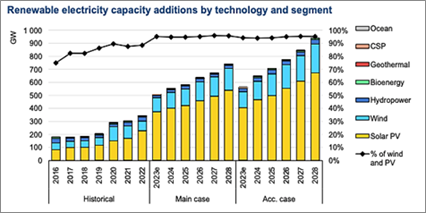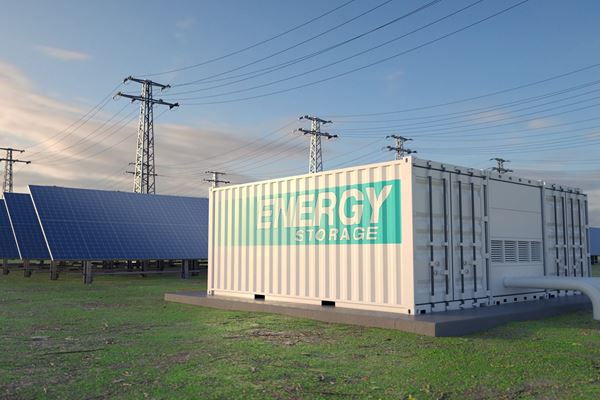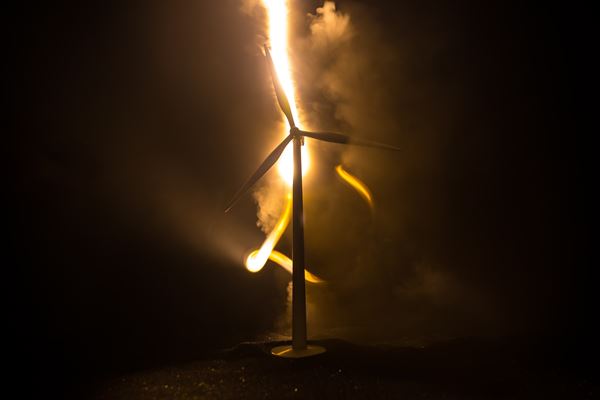Navigating Risks in Renewable Energy: Challenges for Insurers, Insureds, and OEMs
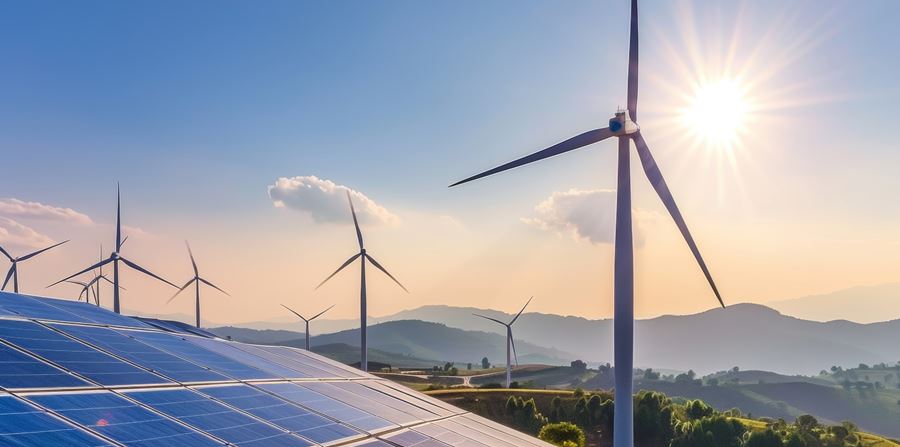
The global shift towards renewable energy is progressing at a remarkable pace, promising a more sustainable future. The International Energy Agency (IEA) forecasts significant milestones with wind and solar photovoltaic (PV) poised to become dominant players in the global electricity generation landscape. While this transition promises a sustainable future, it also introduces a new set of challenges and risks for insurers, insureds, and Original Equipment Manufacturers (OEMs).
In 2024, wind and solar photovoltaic (PV) energy has jointly surpassed hydropower in electricity generation. By 2025, it is predicted that renewables will outpace coal as the largest source of electricity, and both wind and solar PV will independently generate more electricity than nuclear power by 2026. By 2028, renewable energy will account for over 42% of global electricity, with wind and solar PV contributing a combined 25%. These advances are reshaping the energy landscape, but they also bring unique challenges for insurers, insureds, and Original Equipment Manufacturers (OEMs).
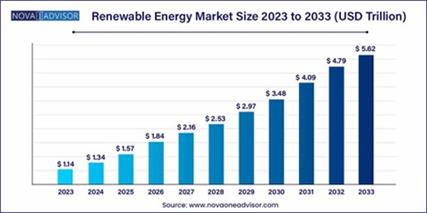
Source: World Economic Forum
Challenges in Renewable Energy Projects
The complex interplay of technological advancements, climatic factors, and site-specific conditions presents a multitude of challenges that can impact the successful implementation and operation of renewable energy projects.
Technological Risks
From a technological standpoint, emerging innovations often lack proven reliability. New technologies may still be under development, leading to unforeseen performance issues. Scalability introduces another challenge, as expanding systems can reveal limitations not evident on a smaller scale. Furthermore, the interconnected nature of modern energy systems makes them increasingly vulnerable to cybersecurity threats, posing significant operational risks.
Climatic Conditions
Climatic conditions add another layer of complexity. Renewable energy infrastructure is exposed to extreme weather events such as hurricanes, floods, and droughts, which can cause severe damage. Temperature extremes also impact performance, with high temperatures reducing solar panel efficiency and low temperatures affecting wind turbine operations. Coastal projects, including offshore wind farms, face rising sea levels and stronger storms, jeopardizing their viability.
Site Risks
Site-specific risks further complicate matters. Geological hazards like earthquakes or soil instability can pose significant risks to renewable energy projects, while remote locations present logistical challenges for construction, maintenance, and emergency response. Competing land uses, such as agriculture or urban development, can delay projects and drive-up costs.
Challenges for OEM Support
The availability of OEM support infrastructure significantly influences the success of renewable energy projects. The effectiveness of distribution networks varies across regions, affecting access to spare parts and timely support. Limited local engineering expertise can hinder troubleshooting, while global supply chain disruptions—such as those experienced during the COVID-19 pandemic—can delay critical components and escalate project costs.
Strategies for Mitigating Risks
Insurers play a pivotal role in addressing these challenges. Thorough risk assessments are essential, encompassing technology evaluations, site analyses, and cybersecurity assessments. Customized insurance products can be tailored to the unique needs of renewable energy projects, providing modular options and cybersecurity coverage to address emerging threats.
Leveraging data analytics and predictive modelling can enhance risk prediction and prevention, allowing insurers to forecast trends and minimize claims. Real-time monitoring systems also help detect potential issues early, enabling preventive measures. Partnerships with technology providers, research institutions, and industry associations are critical to stay informed about advancements and best practices.
Risk mitigation programs, including training on loss prevention and emergency response planning, further bolster resilience. Insurers offering inspection services can proactively identify hazards and recommend corrective measures, reducing the likelihood of losses.
Regulatory, Financial, and Social Considerations
Renewable energy projects must also navigate evolving regulatory frameworks, which often vary across jurisdictions. These inconsistencies create uncertainties in risk assessment and insurance coverage. Financial risks, including securing project financing and managing commodity price volatility, and further complicate matters. For international projects, currency exchange fluctuations add to financial uncertainty.
Social and environmental challenges are equally significant. Gaining community acceptance is vital, as concerns about noise, visual impact, or habitat disruption can generate opposition. Additionally, maintaining a strong social license to operate is crucial for long-term success.
Vores eksperter kan hjælpe dig!
